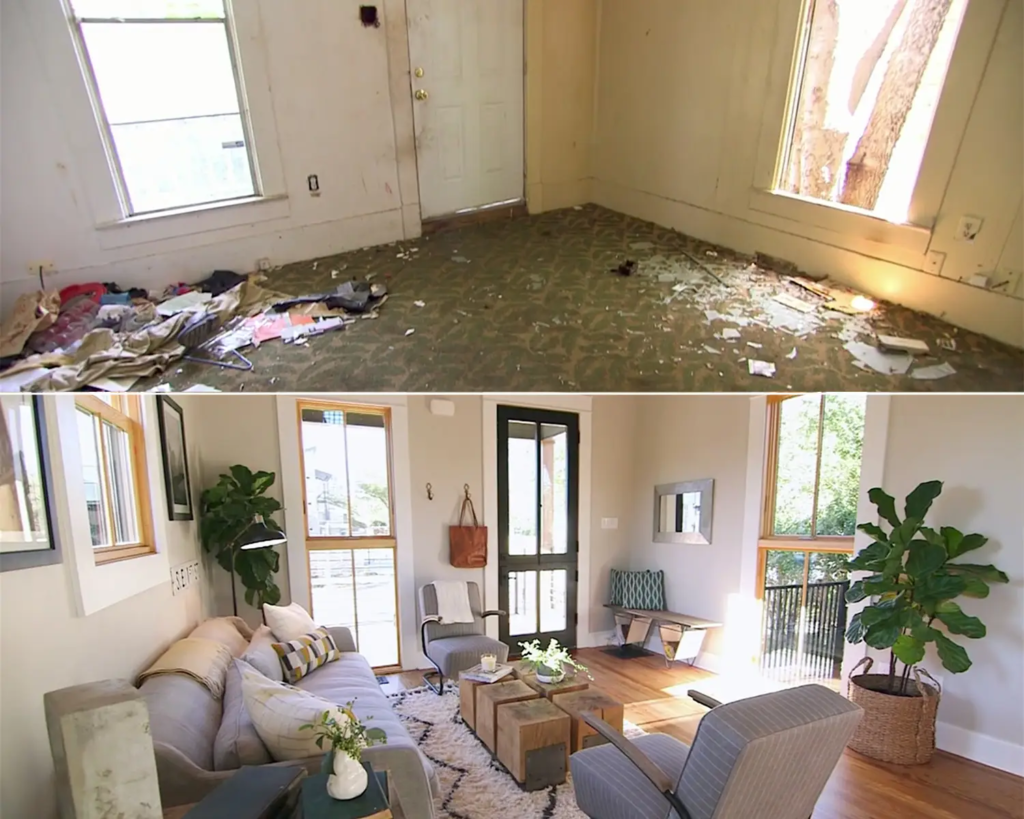Investing in real estate is often seen as a high-cost venture, but in Kenya, it’s possible to get started even with limited capital. Whether you’re saving up, just starting out, or looking for smart ways to build wealth, this guide will show you how to invest in real estate in Kenya with little money.
Why Real Estate Is Accessible on a Budget in Kenya
Kenya’s real estate market offers diverse opportunities, especially for small-scale investors. With rising demand for affordable housing and government-backed initiatives like the Affordable Housing Program, entry-level property investment has never been more realistic.
Key factors making real estate accessible:
- Growing availability of affordable housing projects
- Flexible mortgage options from local banks
- Rising rental demand in peri-urban areas
- Opportunities in land banking and joint ventures

Step 1: Set Clear Investment Goals
Before investing, define what you want to achieve:
- Are you looking for monthly rental income?
- Do you want long-term appreciation?
- Are you interested in flipping properties?
Having clear goals helps you focus on the right type of property and strategy.
Step 2: Choose the Right Location
You don’t need to invest in Nairobi or Mombasa to succeed. Many affordable yet promising areas offer good returns with lower upfront costs.
Top Low-Cost Investment Areas:
These areas are experiencing rapid development and population growth, making them ideal for budget-conscious investors.

Step 3: Start Small – Think Studio Flats or Single Rooms
With limited funds, consider investing in:
- Studio apartments
- Single-room lets (popular with students and young professionals)
- Duplexes or terrace houses in growing neighborhoods
These properties are cheaper to buy and easier to rent out due to high demand in urban and semi-urban centers.
Step 4: Use Creative Financing Options
You don’t always need a large down payment to own property. Here are some cost-effective financing methods:
1. Affordable Housing Scheme (AHS)
A government initiative offering subsidized homes priced between KES 1.5 million and KES 3 million. Open to Kenyan citizens earning under KES 100,000 per month.
2. Mortgages with Low Down Payments
Some banks now offer mortgages requiring as little as 10% down payment. Look into lenders like:
- Housing Finance Bank
- Co-operative Bank
- Jamii Housing Finance
3. Joint Ventures or Group Investments
Partner with friends or family to pool resources and share ownership. This reduces individual financial pressure and spreads risk.
4. Rent-to-Own Agreements
Some developers allow tenants to gradually purchase units through monthly payments, combining rent with equity building.

Step 5: Explore Land Banking
Buying undeveloped land in emerging areas can be an extremely affordable way to invest. While it doesn’t generate immediate income, land tends to appreciate significantly over time — especially near planned infrastructure projects like roads, railways, or industrial zones.
Look for plots priced under KES 500,000 in areas like:
- Ruiru
- Kiserian
- Machakos town
- Limuru
Always verify title deeds and future development plans before purchasing.
Step 6: Buy Fixer-Uppers
Properties needing minor renovations are often sold at lower prices. If you have basic construction knowledge or know someone who does, buying and upgrading such properties can offer great value.
For example:
- Purchase a worn-out two-bedroom house for KES 1.2 million
- Spend KES 200,000 on painting, plumbing, and flooring
- Rent it out for KES 15,000/month or sell it for KES 1.8 million+

Step 7: Rent Out Rooms or Shared Spaces
If buying a full property is still too expensive, consider renting a room or shared space yourself and subletting.
Example:
- Rent a one-bedroom apartment for KES 8,000/month
- Subdivide into two rooms and charge KES 6,000 each
- Net profit of KES 4,000/month while gaining experience
This method builds your understanding of tenant management and cash flow before making bigger investments.
Step 8: Leverage Technology and Online Platforms
Use online real estate platforms to find affordable listings and track market trends:
- Realestate.co.ke
- Jengo Homes
- Property24 Kenya
- Zameen Africa
Many sites also offer virtual tours, price comparisons, and seller contact details, helping you make informed decisions without spending extra.
Common Mistakes to Avoid When Investing with Limited Funds
❌ Buying without verifying legal documents
❌ Underestimating renovation or maintenance costs
❌ Skipping professional valuation or survey
❌ Over-leveraging with debt
❌ Ignoring location potential based on hearsay
Avoiding these pitfalls ensures your small investment grows steadily instead of turning into a financial burden.
Frequently Asked Questions
Can I invest in real estate in Kenya with less than KES 500,000?
Yes, especially when buying land in emerging areas or using group financing models.
What is the cheapest type of property to invest in?
Single rooms, studio flats, and subdivided houses are among the most affordable options.
Are there government programs for low-income investors?
Yes, the Affordable Housing Program supports first-time buyers with subsidized loans and affordable units.
Conclusion
Investing in real estate in Kenya with little money is not only possible — it’s a smart move if done strategically. By focusing on the right locations, using creative financing, and starting small, you can begin building a profitable property portfolio today.
Remember, the key is consistency, research, and staying within your budget. The journey may start small, but the rewards can be substantial over time.

Join The Discussion